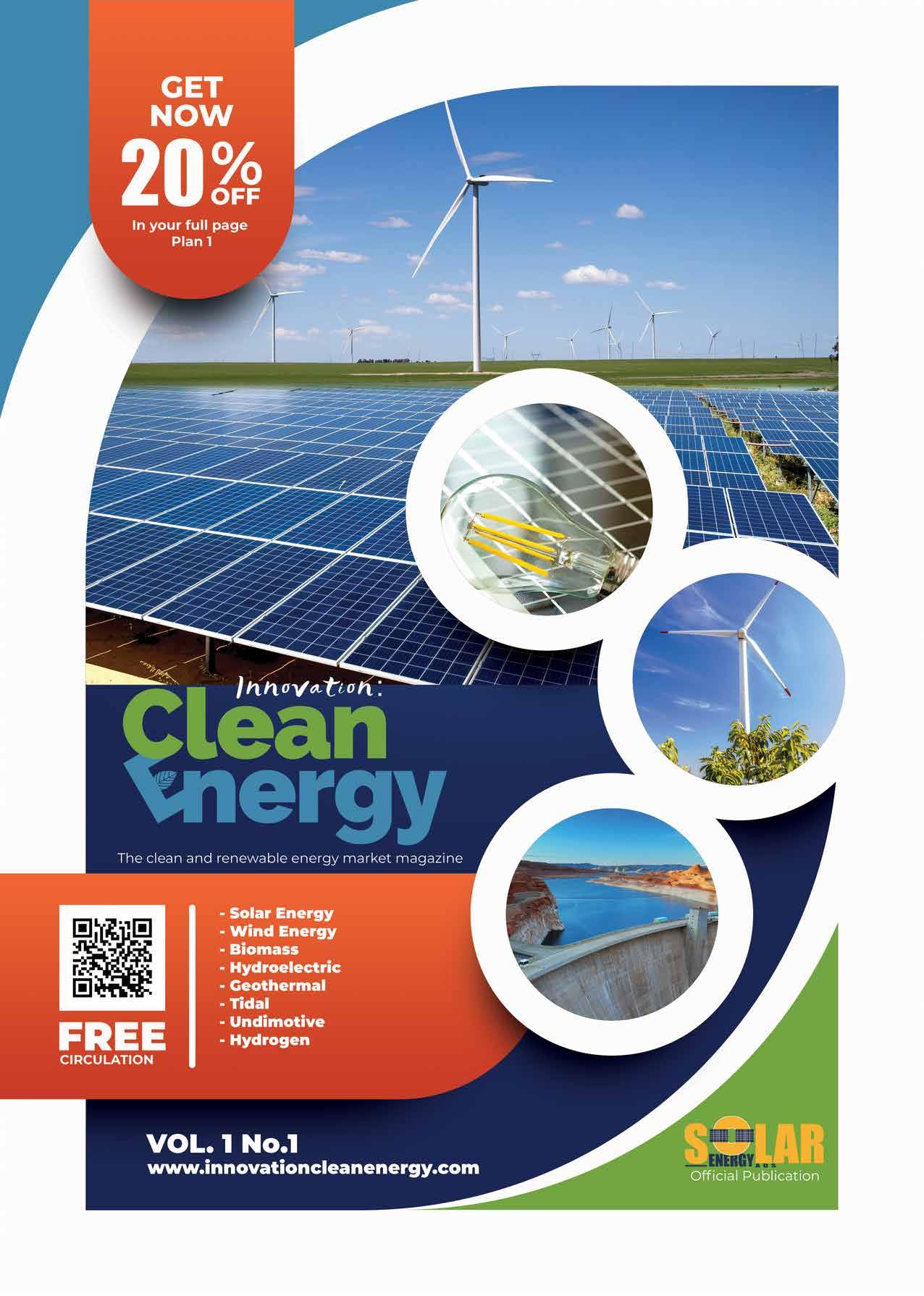

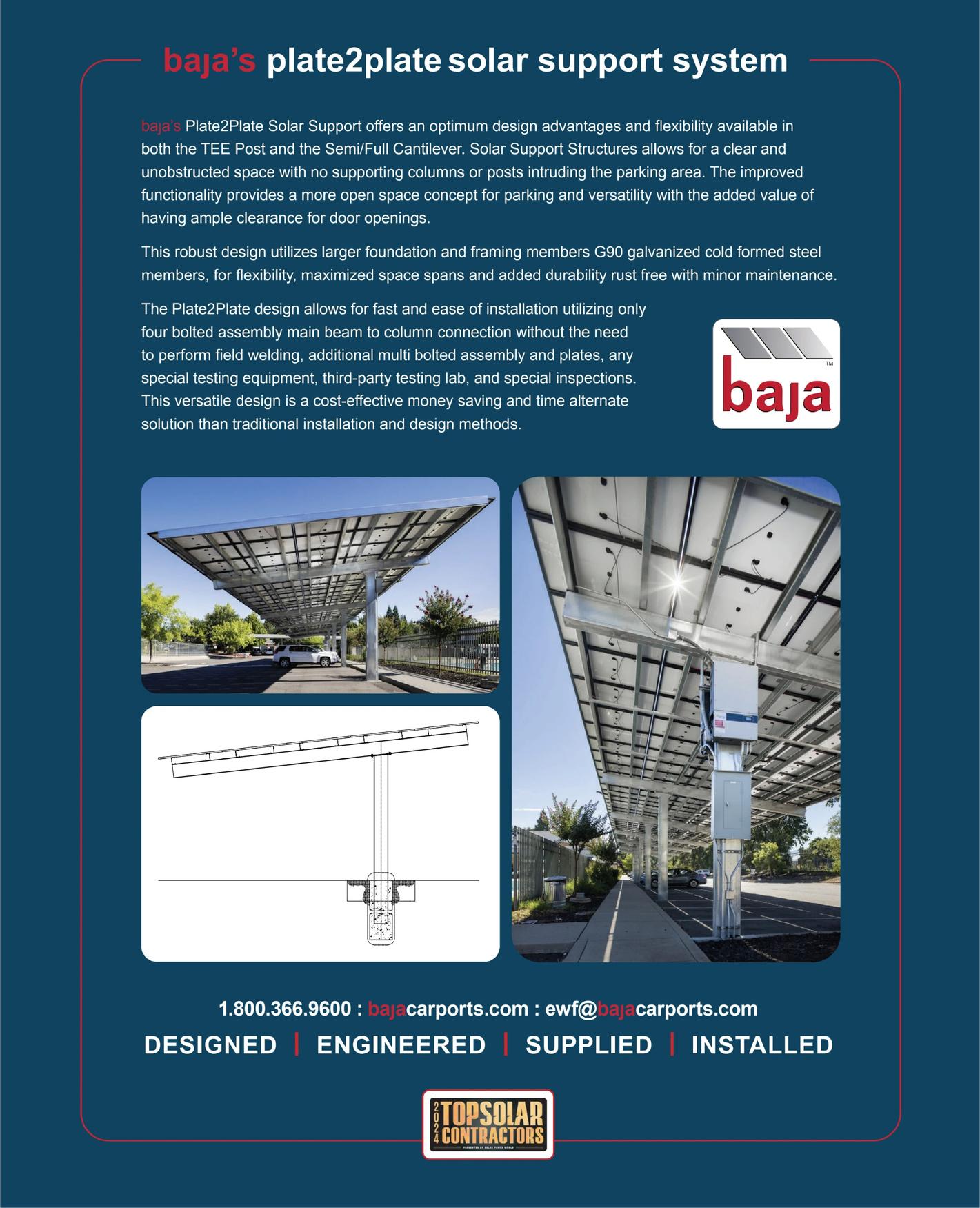




By: FRANK LONDON - editor@innovationcleanenergy.com
JAN/FEB, 2025

It is an honor to present to you the first edition of our magazine, Innovation: Clean Energy ,aspacededicatedtoexploring,informing,andinspiringinthefascinating world of clean and renewable energies . At this critical moment for the planet's future, the transitiontosustainableenergysourcesisnotanoptionbutanurgentnecessity.
Within these pages, you will find a platform connecting innovative ideas, pioneering projects, and technological trends that are transforming how we generate and consume energy. From advances in high-performance solar panels to integrated solutions that combine solar, wind, and smart storage technologies, our goal is to provide you with a clear and up-to-date vision of the industry.
We also want to highlight the fundamental role of communities, businesses, and governments in this transformation. The transition to a sustainable energy model requires collaboration, creativity, and commitment. This is a historic opportunity to redefine the relationship between human development and the environment.
Join us on this journey toward a cleaner, greener, and fairer future. We are excited to be part of this revolution and to share every step of the way with you. Thank you for being part of this vision. Welcome to our magazine: Innovation Clear Energy and Solar Energy Ads and to the movement ushering in a new energy era.
FrankLondon EditorAssociate
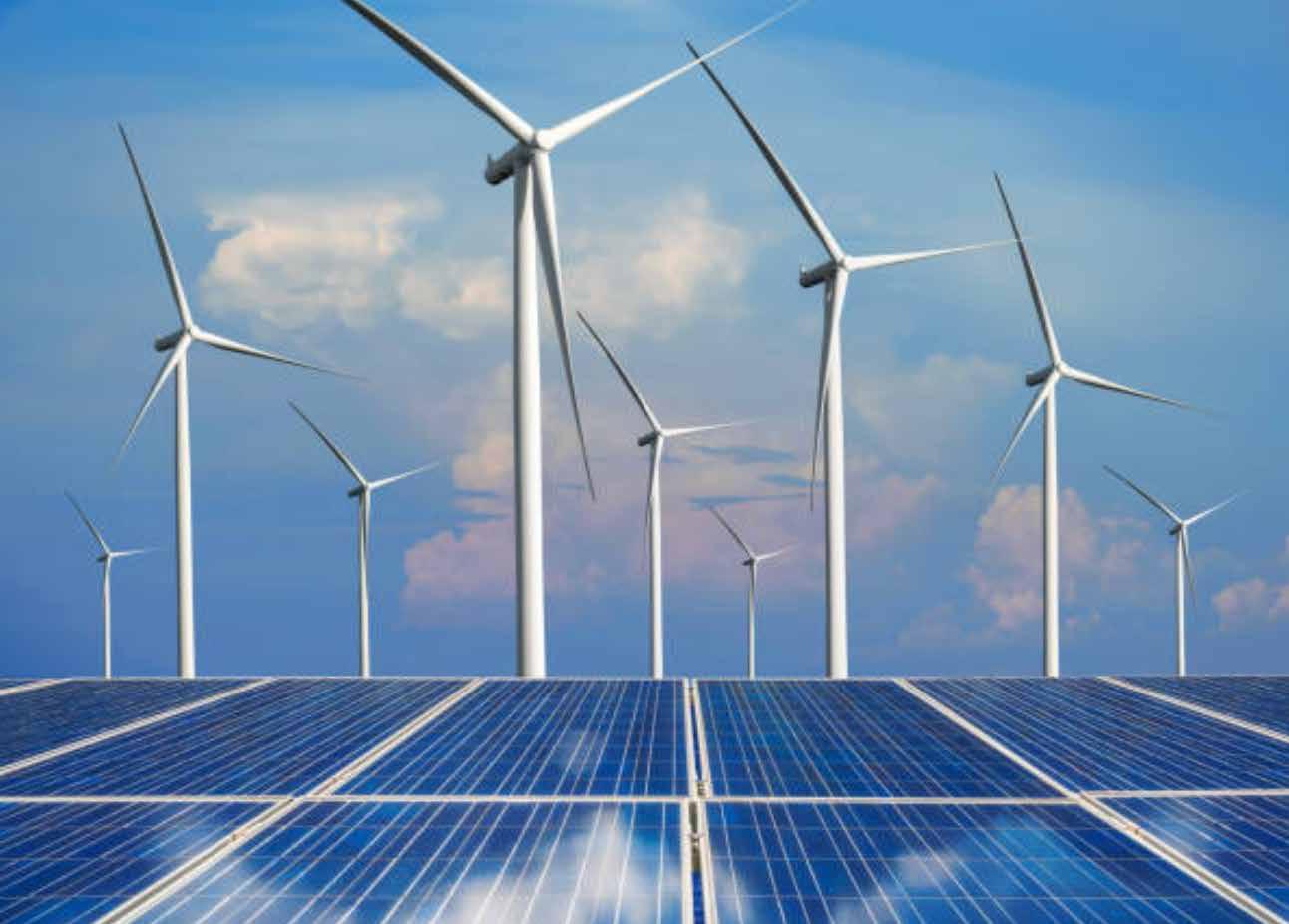

"Innovation: Clean Energy" is more than just a magazine; it is a comprehensive platform dedicated to sharing knowledge, trends, and innovations in the field of clean and renewable energy. Our mission is to empower communities, businesses, and governments to lead the transition toward a sustainable energy model by providing reliable, high-quality information on the advancements and challenges within the industry. That's why today we tell you: Expand your Business and Increase Revenues
Each edition features exclusive content, including: Technological Innovations: In-depth analysis of products and solutions like advanced solar panels, storage systems, and emerging technologies.
MarketTrends:Insightsintotheeconomicdynamics, subsidies,andpoliciesshapingthecleanenergyindustry.
Environmental Impact: Strategies and success stories on carbon footprint reduction.
Global Collaboration: Coverage of international fairs, events, and pioneering projects.
Wearethrilledabouttheexcitingdevelopmentsplanned forfutureeditions.Readerscanlookforwardto: Coverage of groundbreaking technologies in energy generation and storage. Exclusive reports on sustainable projects worldwide.
Interviews with visionary leaders and influential companies in the sector.
Our commitment is to be a trusted and valuable resource for all stakeholders in the industry. Individual readers will find inspiration and practical knowledge to adopt sustainable practices in their daily lives, while entrepreneurs and business leaders will discover Innovation: Clean Energy as an indispensable tool for identifying investment opportunities, strategic partnerships, and key trends to enhance their competitiveness.
Wefirmlybelievethatrenewableenergyisnotonlythe futurebutthepresent.
"Innovation: Clean Energy"—empowering ideas, connecting solutions, and leading the charge toward a cleaner, more equitable world.
ALBE CORTES COMPANY CEO

// THE SOLAR ENERGY:
The sun is our inexhaustible source of clean, sustainable energy.
Turn light into power: solar energy lights up the future:
Energies that transform, uniting nature and technology for a sustainable tomorrow.
COMPANY CEO
In a world where climate change and energy resource scarcity are global concerns, solar energy stands as one of the most effective and sustainable solutions. Its implementation in residential and commercial buildings not only represents an economic saving option but also a key tool for reducing carbon emissions and advancing toward a cleaner future. The ability of solar energy to supply homes and businesses with clean, free electricity is transforming how we consume and produce energy. Countries around the globe are adopting policies and innovative technologies to facilitate its integration, from small homes to large commercial complexes.
The installation of photovoltaic panels in homes has grown exponentially over the last decade. According to the International Energy Agency (IEA), distributed solar energy accounts for approximately 30% of global installed solar capacity. In countries like Germany, Spain, and Mexico, subsidy programs and tax incentives have motivated thousands of families to invest in residential solar systems.
An average household with solar panels can cover between 50% and 70% of its energy consumption, which not only reduces electricity bills but also allows homeowners to sell excess energy back to the grid (net metering). Furthermore, advancements in lithium battery storage have enabled energy generated during the day to be stored for nighttime use.
Residential solar panels directly contribute to reducing CO₂ emissions. A typical 5 KW system can prevent the emission of approximately 3.5 tons of CO₂ per year, equivalent to planting 50 trees. Additionally, integrating energy efficiency technologies, such as lowconsumption appliances and solar water heaters, complements the system and maximizes its benefits.
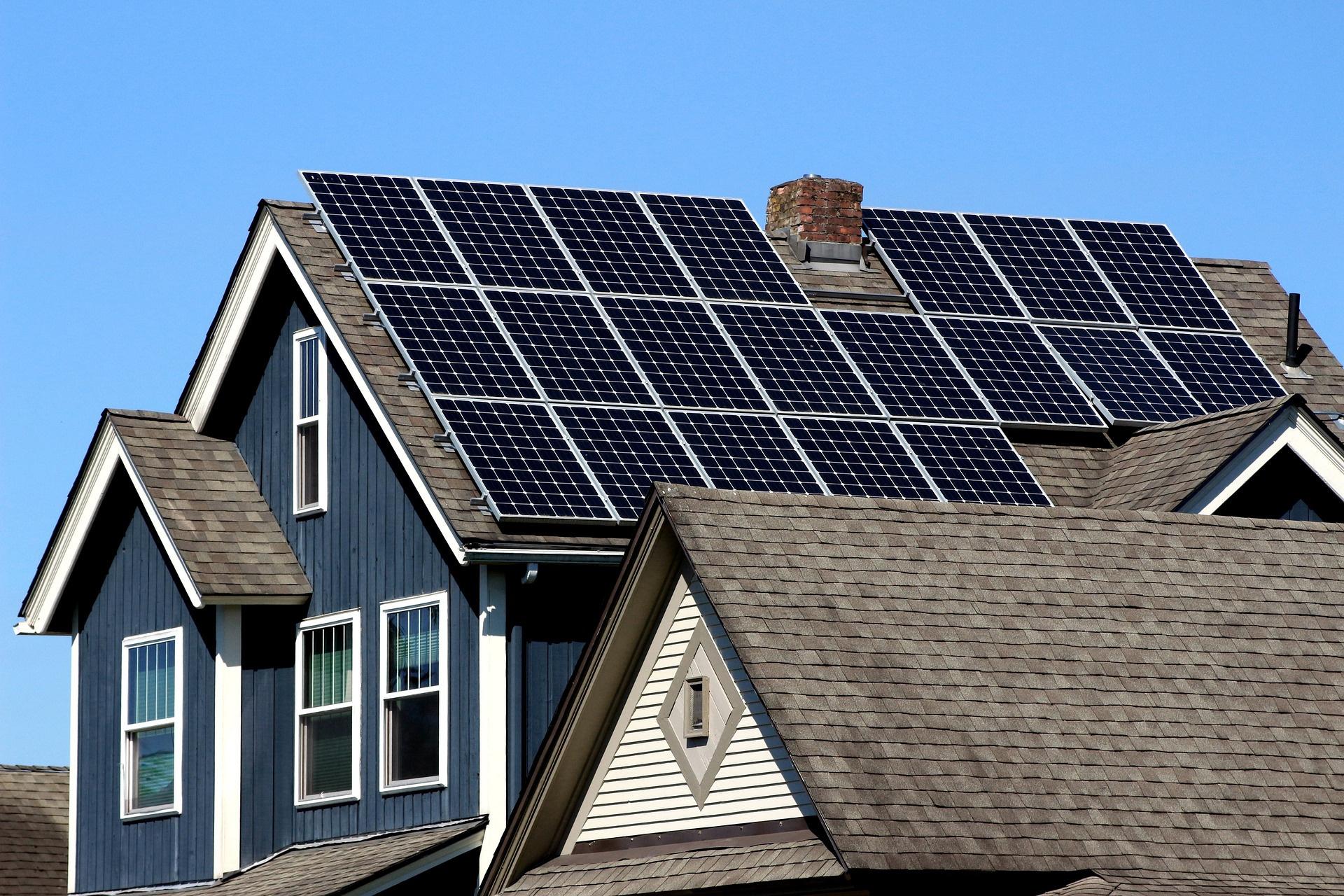
Despite the benefits, challenges such as high installation costs and lack of financing persist in some regions. However, the 80% drop in solar panel prices over the past decade and solar leasing programs have made solar energy more accessible. Companies like Tesla, Enphase, and Sunrun are leading the way in providing turnkey residential solutions.
1. Potential in the Commercial Sector
Commercial buildings, such as shopping malls, hotels, and industrial parks, represent a significant opportunity for solar energy implementation due to their vast roofs and available surfaces. A prime example is the Solar Valley shopping mall in China, which generates 60% of its energy through integrated solar panels.
2. Reduction in Operational Costs
The commercial sector consumes large amounts of electricity for lighting, climate control, and operations. Implementing solar energy can reduce operational energy costs by 30% to 50%, allowing businesses to improve profitability. Moreover, adopting industrial batteries enables greater energy independence and protection against power supply interruptions.
3. Sustainability Certifications
Companies with solar-powered buildings achieve not only economic savings but also certifications such as LEED (Leadership in Energy and Environmental Design) or BREEAM. These certifications distinguish sustainability efforts, enhancing corporate image and attracting consumers and partners invested in responsible businesses.
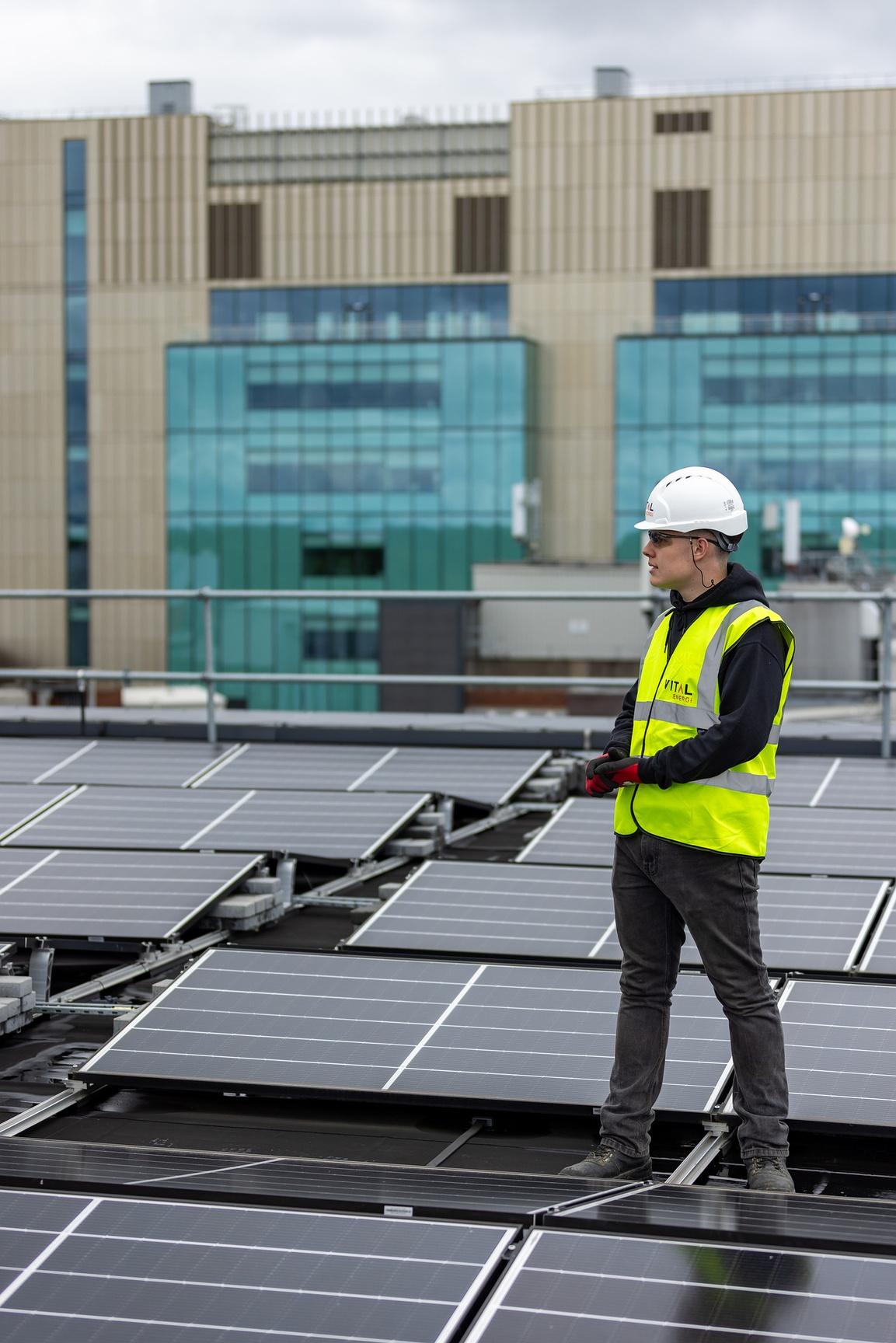
The implementation of solar energy in residential homes and commercial buildings is much more than a trend—it is an urgent necessity in the fight against climate change. With increasingly accessible and efficient technologies, the residential and commercial sectors have the potential to lead the transition to a clean and sustainable energy future.
// OPERATIONAL COST REDUCTION:
Commercial solar energy systems can be designed to eliminate up to 100% of an organization’s electricity bill.
// ENERGY CONSUMPTION FOR HEATING:
In commercial buildings, space heating accounts for approximately 32% of total energy use.
// ENERGY CONSUMPTION FOR LIGHTING:
Artificial lighting is responsible for a significant percentage of energy consumption in commercial buildings.

"High-performance solar panels are revolutionizing the energy industry, combining greater efficiency with innovative storage systems to ensure a steady and sustainable supply."
//Next-generationsolarpanelsthat maximizeenergyproductionandstorage
The development of high-performance solar panels and advanced energy storage technologies has revolutionized the renewable energy industry. The constant pursuit of efficiency, durability, and accessibility has led to innovations that promise to redefine the global energy future. These advances allow for greater solar energy capture and its continuous use, even at night or in low radiation conditions.
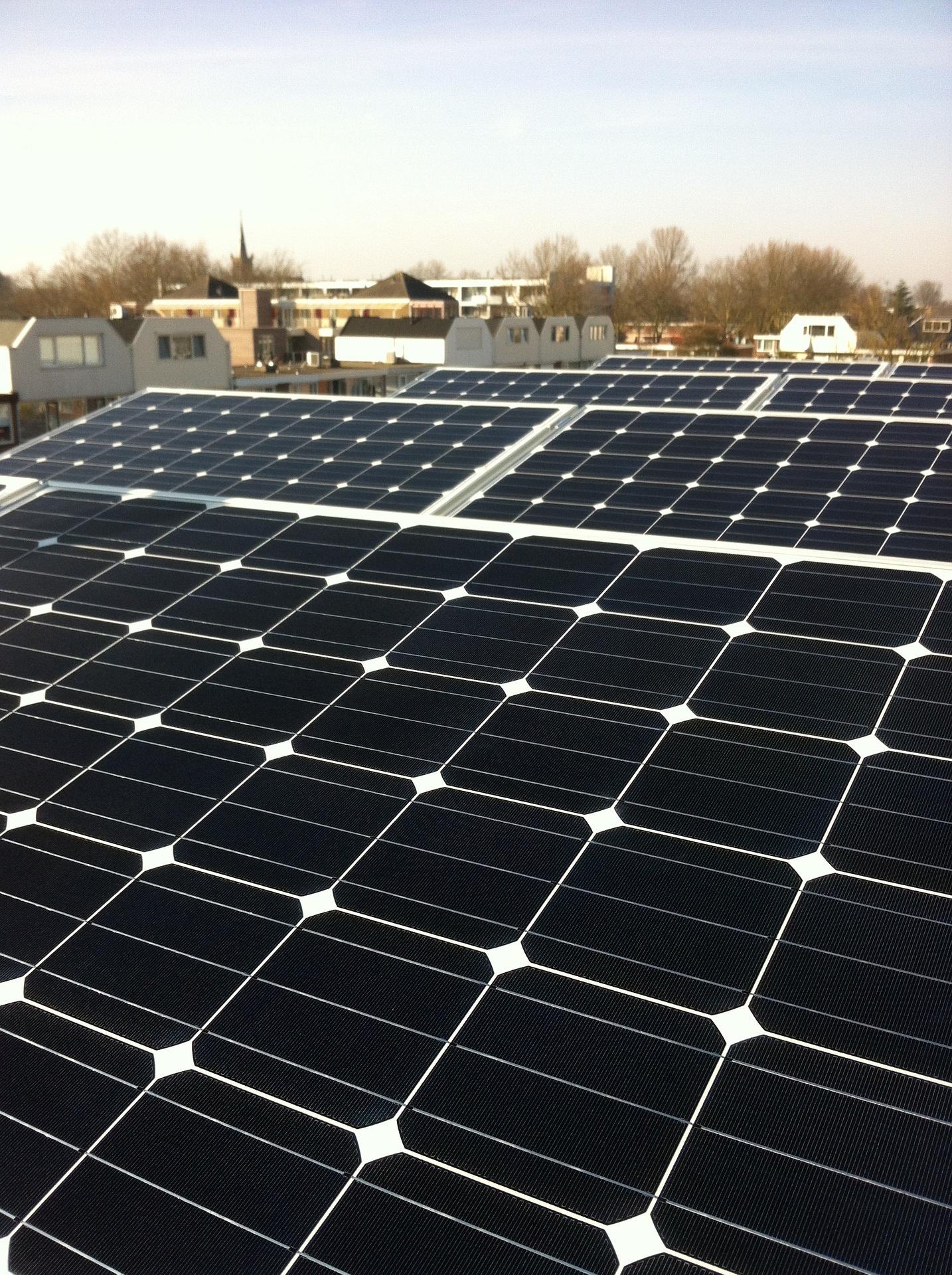
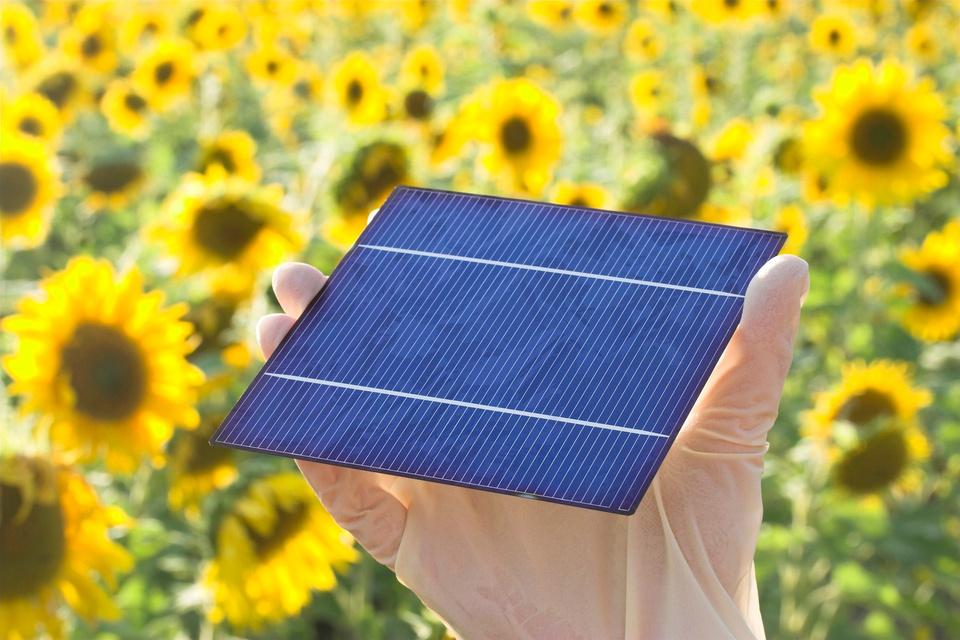
Monocrystalline solar panels are currently the most efficient option on the market, with conversion rates exceeding 23%. Thanks to materials like high-purity silicon and advanced manufacturing techniques, these panels offer superior performance in limited spaces. Notable examples include N-Type TOPCon and HJT (Heterojunction Technology) panels, which combine traditional technologies with new silicon layers to enhance efficiency and durability.
One of the most disruptive innovations is the arrival of bifacial solar panels, capable of capturing radiation on both their front and rear sides. These panels can increase energy generation by up to 30%, especially when installed on reflective surfaces like white floors or metal roofs.
PERC (Passivated Emitter and Rear Cell) technology allows for greater light capture by improving internal reflection in solar cells, thereby increasing panel efficiency. Meanwhile, tandem cells, which combine silicon and perovskite materials, have achieved record efficiencies of over 30% in laboratory tests.
Material innovations have enabled the creation of flexible panels and Building Integrated Photovoltaics (BIPV), which integrate solar cells directly into building facades, windows, and roofs. of buildings. These technologies are revolutionizing architectural design by offering aesthetic and energy solutions simultaneously.
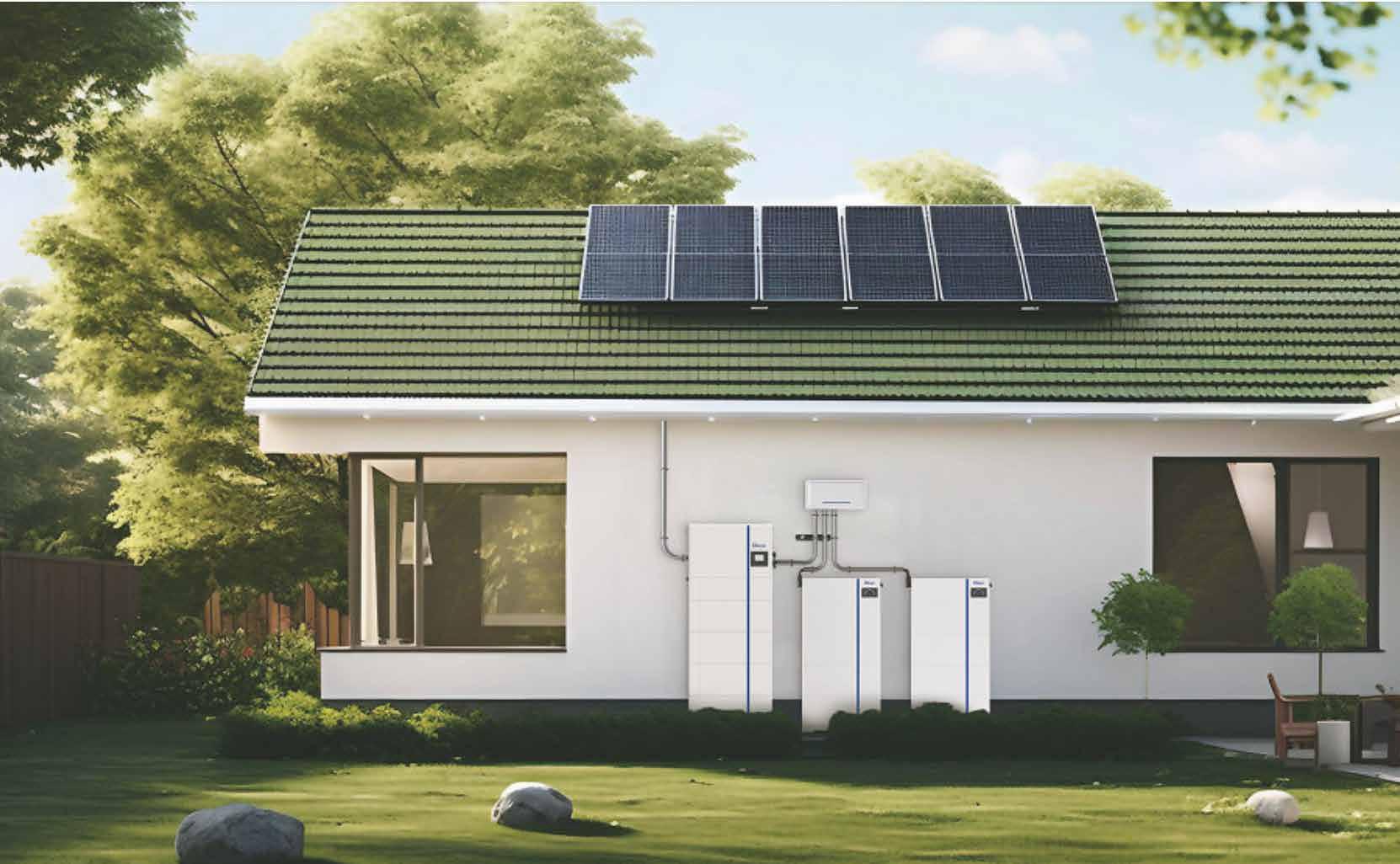
Lithium-ion battery storage remains the predominant choice due to its high energy density, long life and fast charging time. These batteries, such as the Tesla Powerwall or the LG Chem RESU, allow the surplus energy generated during the day to be stored for use at night.
//
The next big revolution in storage is solid state batteries, which do away with traditional liquid electrolytes. These batteries promise higher energy density, greater safety and lower manufacturing costs. They are expected to begin to be commercialized on a large scale within the next five years, marking a significant change in the industry.
//
Green hydrogen produced by electrolysis from solar energy is emerging as an innovative and sustainable solution for long-term energy storage. This gas can then be stored and used in fuel cells to generate clean electricity. Pilot projects in Europe and Australia are demonstrating its viability for industrial and commercial applications.
//
Hybrid systems that combine lithium batteries with other technologies, such as ultracapacitors or flow batteries, allow for improved efficiency and storage capacity in large solar power generation projects. These systems are ideal for large-scale solar farms that require stability and continuous supply.

Lithium battery storage systems have reduced their costs by more than 85% since 2010, becoming an accessible and efficient option to complement solar systems. This advancement has driven their adoption in residential, commercial, and industrial applications.
High-performance and energy storage technologies are accelerating the adoption of solar power worldwide. According to the BloombergNEF report, the cost of solar panels and batteries is expected to continue to decline by 30% over the next decade, making them more readily available in developing countries. Furthermore, these innovations are paving the way towards 100% renewable energy systems, where solar energy, combined with efficient storage, can supply global demand in a sustainable and costeffective manner.
High-performance solar panels and advanced storage technologies represent the immediate future of the energy transition. With their ability to efficiently generate and store clean energy, these innovations are redefining the renewable energy landscape and offering concrete solutions to address climate change and the global energy crisis.
(Heating, Ventilation, and Air Conditioning) supported by solar energy represents a significant step toward energy efficiency and sustainability. These systems ensure comfortable environments in homes, offices, and industrial spaces while simultaneously reducing electricity consumption and dependence on fossil fuels. In this article, we analyze how the combination of HVAC technology and solar energy is transforming residential and commercial sectors, optimizing costs, and reducing carbon emissions.
HVAC systems have traditionally been major energy consumers. However, integration with solar photovoltaic energy and automation technologies has changed this scenario. Current solutions allow these systems to operate efficiently.
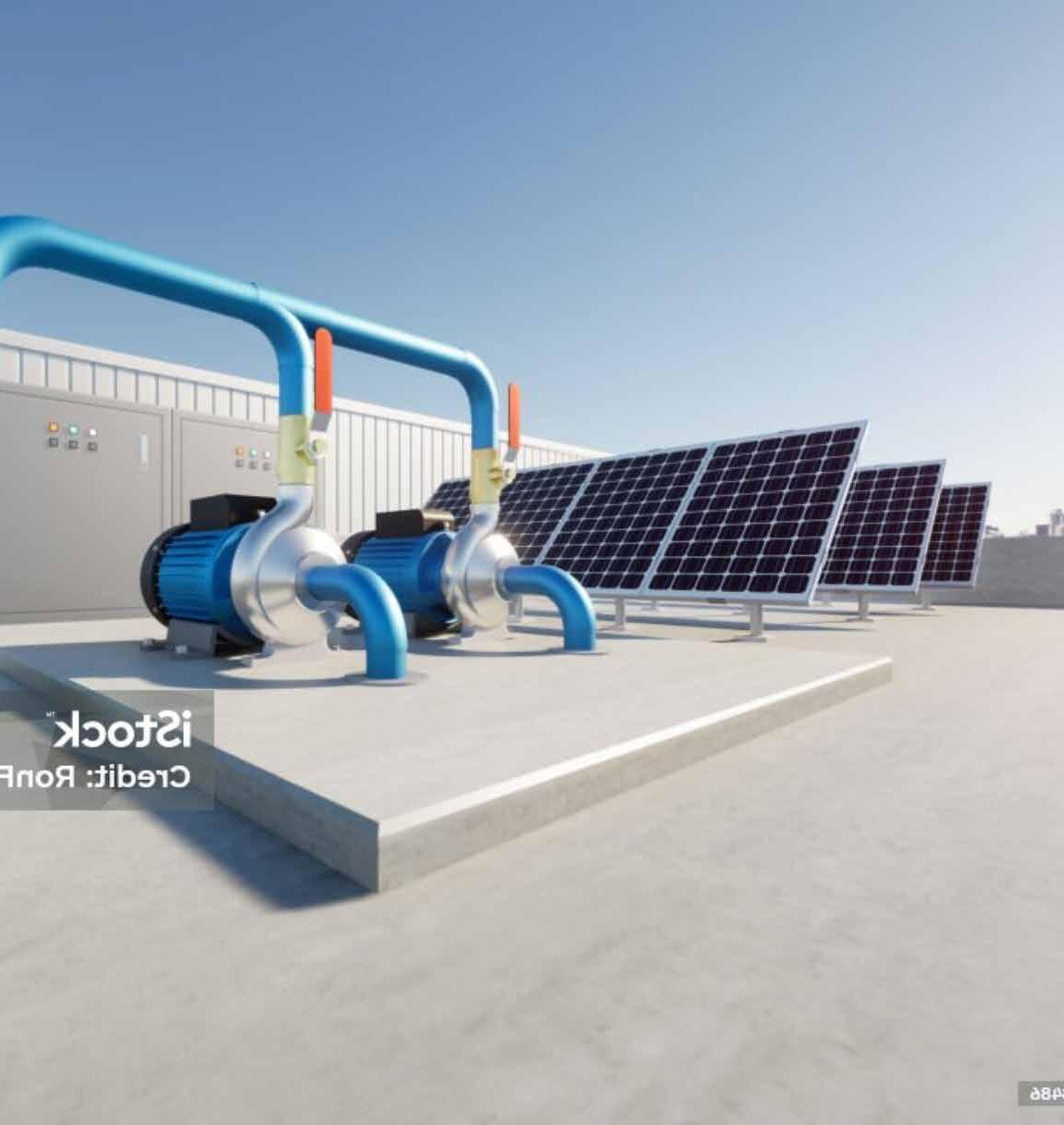
Energy Efficiency: Automating HVAC systems can improve energy efficiency by up to 30%. which not only reduces operating costs but also decreases carbon emissions.
Control and Comfort: Automated systems can enhance user comfort by maintaining consistent temperatures and humidity levels, improving occupant satisfaction by approximately 20% according to some studies.
PHOTOVOLTAICPANELSAND AUTOMATEDCONTROL
The combination of photovoltaicsolarpanels with automated systems ensures a steady supply of clean energy to power HVAC units. Sensors and smart algorithms monitor energy consumption in real-time and adjust system performance according to external temperatures and internal needs. For example:
Smart Thermostats: Devices like Nest or Ecobee allow remote temperature management in homes and offices, maximizing the use of available solar energy during the day.
Energy Management Systems (EMS):
These integrate solar panels with HVAC systems, automatically optimizing operation times to reduce peak-hour consumption.
Hybrid units combine solar energy with grid electricity, ensuring continuous operation. During the day, the system prioritizes solar energy; at night or on cloudy days, it relies on traditional electricity. This hybrid approach significantly lowers operational costs.
Incorporating solar batteries allows storing excess energy generated during peak sunlight hours. This stored energy ensures HVAC systems operate efficiently even when sunlight is unavailable. Technologies like lithium batteries and solid-state batteries are revolutionizing this integration.
Thanks to the Internet of Things (IoT), modern HVAC systems are equipped with sensors that monitor key variables such as temperature, humidity, and energy consumption. This information is sent to automated platforms that enable: Real-time adjustments to maximize energy efficiency.
Predictive maintenance, identifying problems before they occur and reducing repair costs.

// CONCLUSION
Automating HVAC systems with solar energy support is a key step toward energy efficiency and sustainability. By integrating photovoltaic panels, storage, and smart technologies, these systems not only reduce operational costs but also promote a cleaner, more environmentally friendly future.
Energy Consumption Reduction:
Automation and solar energy usage can reduce HVAC energy consumption by up to 40%, resulting in significant savings on electricity bills.
Environmental Sustainability:
Using clean energy reduces greenhouse gas emissions, directly contributing to combating climate change and reducing the carbon footprint.
Long-Term Savings:
Although the initial installation can be costly, combining solar panels with automation pays off quickly through energy savings and lower maintenance costs
Increased Comfort and Personalized Control:
Automated systems allow precise and personalized adjustment of temperature and environmental conditions, ensuring maximum comfort in any space.

The carbon footprint has become a key indicator to measure the environmental impact of human activities. In the context of renewable energies, solar energy plays a fundamental role in reducing CO₂ emissions, driving the transition toward a cleaner and more sustainable energy model.
This article explores how the implementation of solar systems in various sectors contributes to reducing the carbon footprint, presenting real-world cases and highlighting the opportunities this technology offers globally.

//What is the Carbon Footprint?
The carbon footprint measures the total amount of greenhousegases(GHG), such as carbon dioxide (CO₂), released into the atmosphere due to human activities. This metric is critical because GHGs are responsible for global warming and climate change.
The energy industry, primarily based on fossil fuels, is one of the largest contributors to carbon emissions. Transitioning to renewable sources, such as solar energy, provides an effective and long-term solution.
Solar energy is a fundamental tool for combating climate change and reducing the carbon footprint. Its implementation in homes, industries, and communities not only promotes a cleaner and healthier environment but also ensures a sustainable and resilient energy future.
For all these reasons, the environmental benefits of carbon footprint reduction will always be: climate change mitigation, air quality improvement and ecosystem conservation.
Photovoltaic solar panels capture solar radiation and convert it into electricity without producing CO₂ emissions during operation. Over their lifespan (20-30 years), a solar system can offset between 10 and 30 tons of carbon dioxide.
Solar energy benefits not only households but also plays a crucial role in sectors such as:
Industry: Companies adopting solar systems reduce fossil fuel dependency and lower emissions.
Transportation: Electrifying vehicles and charging systems powered by solar energy significantly cuts the carbon footprint of land transport.
Agriculture: Solutions like solar-powered pumps for irrigation reduce diesel usage in farming.
Combining solar panels with energy storage batteries allows clean energy to be used at night, further replacing the need for non-renewable electricity.
Solar microgrids and community projects provide clean energy access to rural and isolated areas, eliminating the need for polluting diesel generators.

"RENEWABLE
A section dedicated to highlighting the latest innovations and news transforming the energy industry.
"Choosing solar energy is more than lighting up our homes; it’s igniting the hope for a cleaner, sustainable future full of possibilities for generations to come."
In 2024, the global solar energy sector experienced unprecedented growth, with installations increasing by 29% compared to the previous year, totaling an estimated 593 gigawatts (GW) of new capacity. Thissurgeislargelyattributedtotechnologicaladvancements,particularlyin perovskite-basedsolarcells,whichhaveachievedrecordefficienciesofupto 28.6% These innovations are not only enhancing the performance of solar panels but also reducing the space required for installations, thereby accelerating the global transition to renewable energy sources.
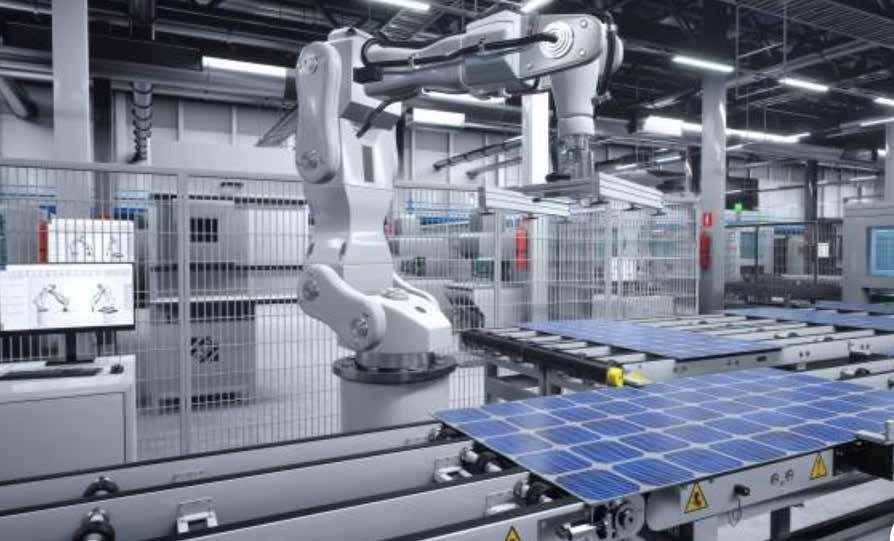

“Powering the Future with Wind Power, that's right. Wind power stands as a symbol of change toward a cleaner, more sustainable future. With every new turbine that spins, we mark a step toward energy independence and reduced carbon emissions.
In a groundbreaking advancement, China has unveiled the world's largest floating wind turbine, known as 'Ocean X' or the 'Flying V'. This colossal structure weighs 16,500 tonnes —equivalent to 1,000 London buses—and features a V-shaped design with two counter-rotating rotors spanning 597 feet. Engineered to withstand Category 5 hurricanes with winds up to 161 mph and waves up to 98 feet, 'Ocean X' is capable of generating 54,000 MWh annually, sufficient to power over 30,000 homes. This innovation not only exemplifies significant technological progress in offshore wind energy but also underscores China's commitment to expanding its renewable energy capacity
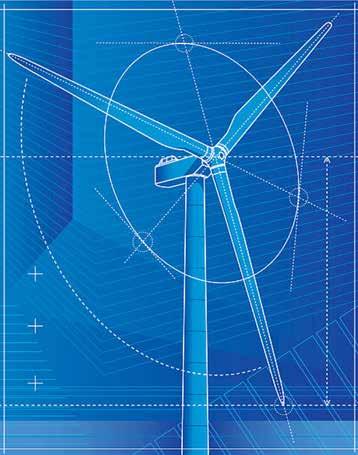

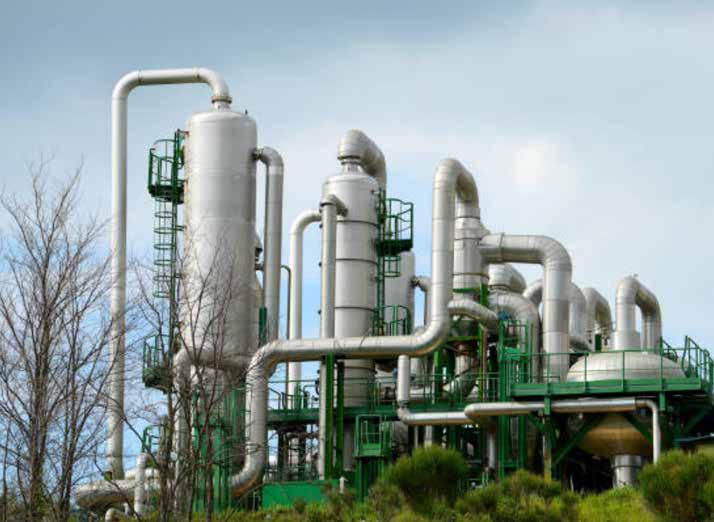
Biomass energy is on the rise because it provides us with the opportunity to transform waste into resources, driving a sustainable future where each of us can contribute to the fight against climate change and ensure a cleaner planet for future generations.

In a world where the search for sustainable energy solutions has become more urgent than ever, biomass energy is taking center stage by accounting for approximately 60% of the total renewable energy used for global electricity generation. With untapped potential that could meet up to 25% of the world's energy demand by 2030, this renewable source not only promotes a circular economy by recycling organic waste but also has the power to reduce greenhouse gas emissions by 50% compared to conventional fossil fuels. In this context, biomass stands out as a key solution to address both climate challenges and the growing energy demands of the future. Discover how this emerging technology is transforming our energy landscape!

Hydropower, being a clean and renewable source of energy, inspires us to build a sustainable future where every river and waterfall becomes a catalyst for progress and hope for future generations.

Currently, hydroelectric power accounts for approximately 16% of total electricity production worldwide, making it the largest source of renewable energy on the planet. With over 1,300 GW of installed capacity, this technology not only provides reliable and sustainable electricity generation but also plays a crucial role in mitigating climate change by avoiding more than 4 gigatons of CO2 emissions annually. As countries seek to reduce their dependence on fossil fuels and transition towards cleaner energy sources, the importance and potential of hydroelectric power continue to grow.
In the current context of climate change and environmental degradation, hydroelectric energy emerges as a key solution for promoting more sustainable development. By utilizing water resources to generate electricity, this form of energy not only minimizes greenhouse gas emissions but also helps conserve other natural resources by reducing dependence on fossil fuels
Additionally, hydropower plants can contribute to water management in river basins, improving the storage and distribution of resources during drought periods. However, it is essential to implement responsible practices that ensure the conservation of surrounding aquatic and terrestrial ecosystems to guarantee that hydroelectric development is truly sustainable and benefits both local communities and the environment as a whole.

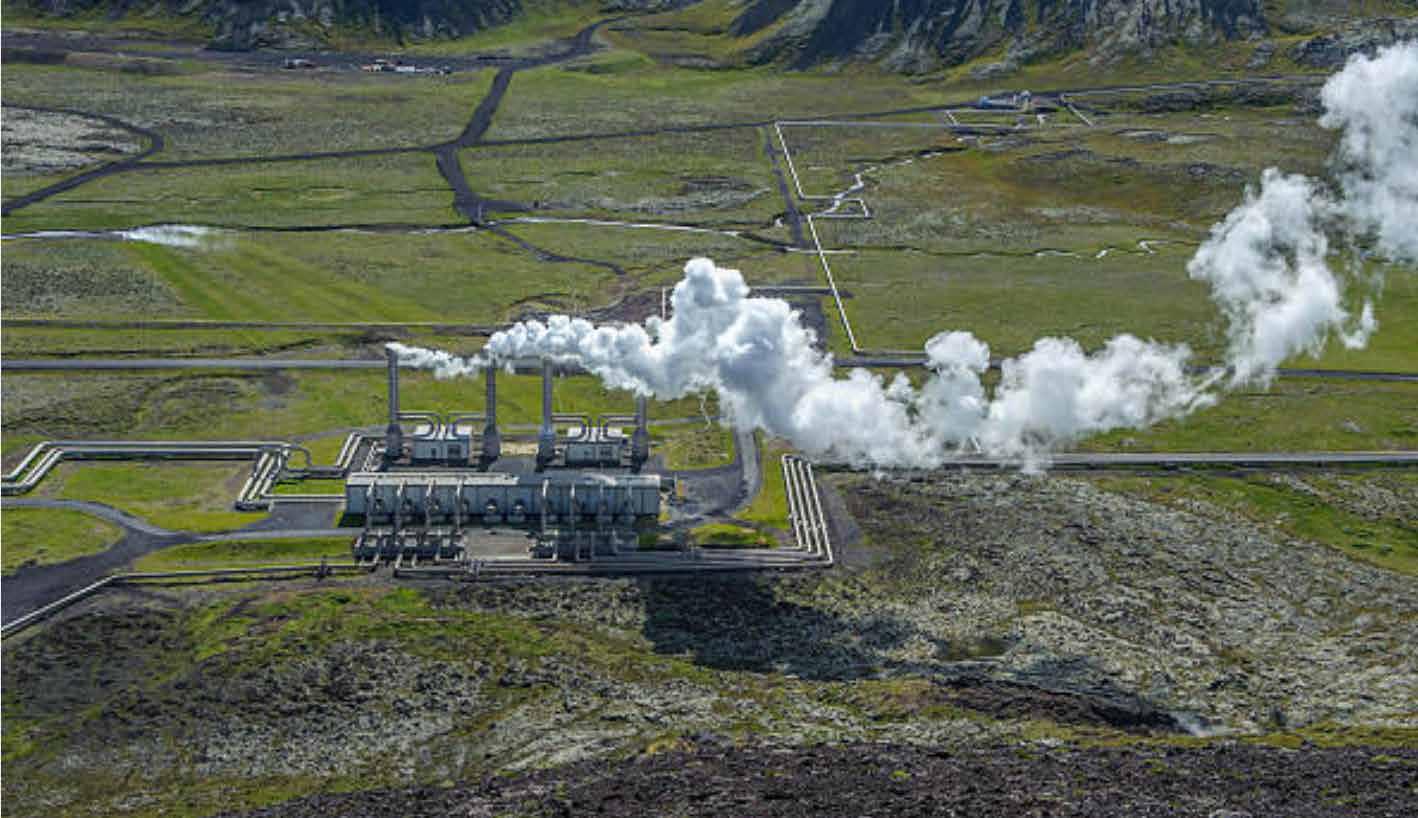
At a time when the transition to clean energy is more critical than ever, tidal and river current energy is emerging as a powerful yet underestimated solution. Currently, it is estimated that only about 1% of the global tidal energy potential has been harnessed, despite studies indicating it could generate up to 120 gigawatts (GW) of electricity worldwide. This equates to supplying electrical power to over 100 million households annually, significantly contributing to the fight against climate change. As technologies advance and costs decline, this renewable resource has the potential not only to diversify our energy sources but also to provide a solid and predictable foundation for our electrical systems in a sustainable future. The opportunity is here; it's time to capitalize on one of the planet's most abundant and consistent resources!
In a world that is urgently seeking sustainable solutions to mitigate climate change, geothermal energy stands out as one of the most promising and underutilized sources. Currently, the installed global capacity for geothermal energy exceeds 15 gigawatts (GW), which accounts for approximately 0.4% of the total electricity on the planet. However, recent studies suggest that we have only harnessed about 10% of the global geothermal potential, estimated at an impressive 200 GW. This means that geothermal energy could provide enough electricity to supply over 100 million homes, significantly reducing our dependence on fossil fuels. Furthermore, with advancements in technologies such as deep drilling and ground-source heat pump systems, it is estimated that we could quintuple the harnessed capacity in the coming decades. The growing need to decarbonize our economies and ensure a sustainable energy transition makes geothermal energy a crucial ally. Now is the perfect time to invest in and explore this inexhaustible source that still has so much to offer!
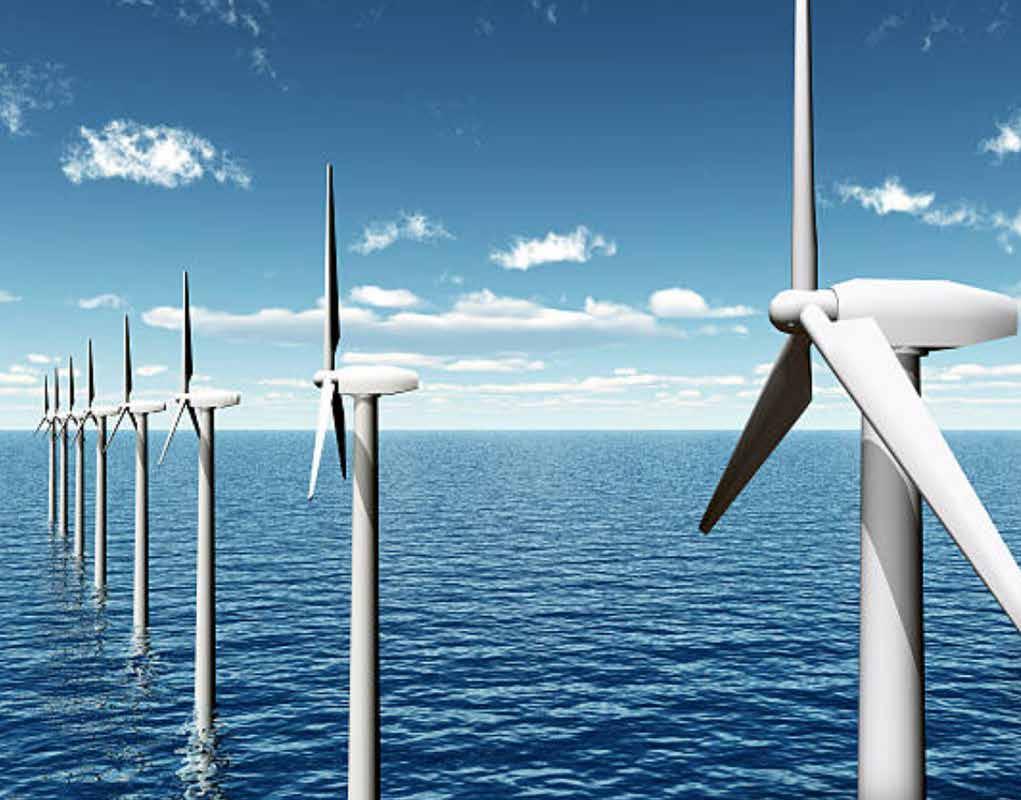
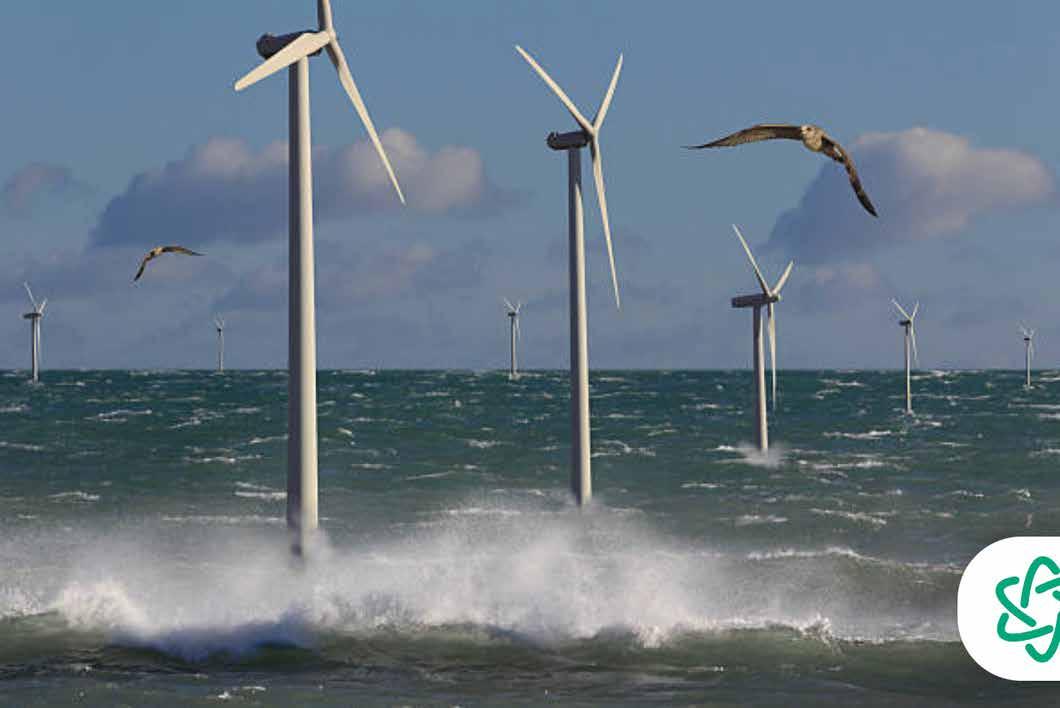
Now where the need for sustainable energy sources has never been more urgent, wave energy emerges as a promising and often underestimated solution. According to a recent report from the World Energy Council, the global potential for wave energy is estimated to reach up to 29.5 terawatt-hours annually, representing approximately 10% of current total energy consumption in Europe. Additionally, studies suggest that if appropriate technologies were implemented in the world's oceans, we could generate enough electricity to power over 100 million households solely from waves. Imagine transforming the immense and powerful movement of water into a reliable and renewable source that not only helps reduce our dependence on fossil fuels but also contributes to mitigating climate change! The blue revolution is here, and it's time to ride this energy wave towards a sustainable future.
On the fast-paced path to a sustainable energy future, hydrogen is emerging as one of the most promising alternatives for decarbonizing key sectors of the economy. By 2023, global green hydrogen production capacity has reached a historic milestone: it is estimated to exceed 10 million tons per year, an increase of 25% over the previous year. This growth reflects not only massive investment in renewable technologieswith more than $500 billion earmarked for green hydrogen projects over the next decade-but also unprecedented collaboration between governments and private companies to establish key infrastructure to integrate hydrogen as an essential energy carrier. With these advances, hydrogen is projected to meet up to 20% of global energy needs by 2030, positioning it as a crucial player in the transition to clean and resilient energy systems. So, as we explore the opportunities offered by ocean energy, it is vital to consider how these can be complemented by innovative solutions such as hydrogen to create a truly sustainable future.
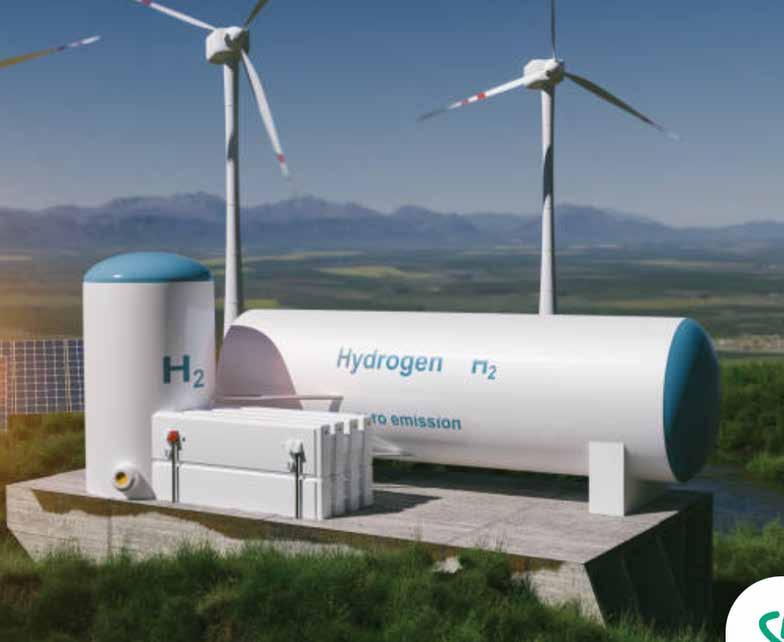

In Latin America, solar subsidies are driving the transition to clean energy, making solar technologies more accessible for both households and businesses. These financial incentives foster the growth of the renewable industry and strengthen the region's environmental commitments.
In Latin America (LATAM), the transition to renewable energy sources, especially solar energy, is gaining momentum. Solar subsidies play a crucial role in this process, offering incentives to both individuals and companies that choose to adopt this technology. These subsidies aim not only to encourage the use of clean energy but also to promote sustainability and energy independence in the region. This article explores solar subsidies in LATAM, their impact on solar energy adoption, and the opportunities they offer to consumers and businesses in the sector.
Solarsubsidies are financial aids or tax incentives provided by governments and international organizations to reduce the costs of installing photovoltaic systems and promote the use of renewable energy. These subsidies can be direct or indirect, depending on the region and the type of support offered. There are different forms of subsidies, such as:
Tax incentives: Discounts or exemptions on taxes for the installation of solar panels. Low-interestfinancing: Loans or credits with reduced interest rates for the purchase of solar equipment.
Direct subsidies: Direct financial assistance to cover part of the installation cost of solar systems.



Solar subsidies in LATAM are driving the adoption of clean technologies and contributing to the region's energy transition. As governments continue to implement supportive policies, the solar industry will experience continued growth, promoting sustainability, energy independence and the reduction of greenhouse gas emissions.
Mexico has implemented programs like the Energy Savings Trust Fund (FIDE), which provides subsidies for residential and commercial solar
installations. Additionally, the Mexican government offers tax incentives and preferential credit rates to encourage the installation of solar panels in homes and businesses.

In Brazil, the Solar Energy Program offers financing through banks like Caixa Econômica Federal and BNDES, along with tax exemptions for
those installing photovoltaic systems. This type of subsidy has led to rapid growth in the solar market, especially in the residential sector.

Chile is one of the leaders in solar energy in the region, and its government has established various support programs. The Non-Conventional Renewable
Energy Law provides tax benefits to companies investing in clean technologies, and the Small Business Solar Energy Program promotes the adoption of solar panels in small and medium-sized businesses (SMEs).

The Argentine government offers subsidies for photovoltaic systems through programs like the National Renewable Energy
Plan for residential consumers and businesses, making solar technologies more affordable.

//5
In Colombia, incentives include tax exemptions for solar equipment and subsidies for the purchase of solar panels. This support has been essential in promoting the energy transition.
Solar subsidies in LATAM are helping accelerate the adoption of photovoltaic systems, bringing several key benefits to the region:
Reduced Installation Costs: Subsidies have significantly lowered the upfront cost of solar systems, making solar energy more accessible to everyone.
Increased Solar Generation Capacity: Subsidy programs have allowed LATAM to significantly increase its installed solar capacity, positioning several countries as leaders in renewable energy worldwide.
Job Creation: The solar industry in LATAM is creating thousands of jobs, from panel installation to manufacturing and distribution of solar equipment.
Environmental Sustainability: By promoting solar energy, subsidies are helping reduce CO₂ emissions in the region, contributing to the fight against climate change.
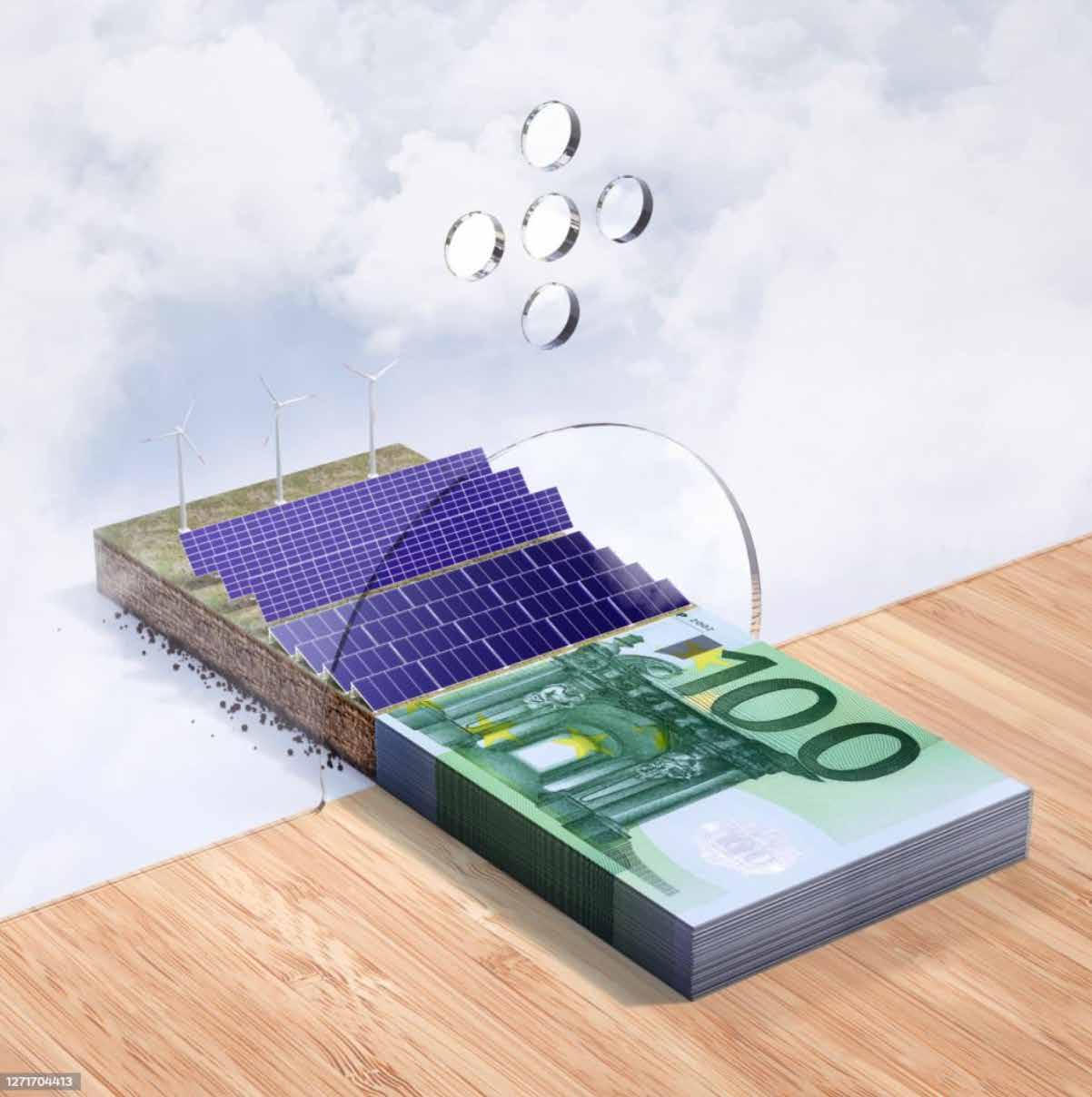
Despite progress, the implementation of solar subsidies faces some challenges:
Inequality in access: Although some countries have made considerable progress, there are still disparities between urban and rural areas in access to solar subsidies.
Inadequate funding: In some countries, funding for solar subsidies is not sufficient to meet the growing demand for solar systems.
However, the opportunities are enormous: Expansion of programs in rural areas: There is enormous potential to expand solar subsidies in rural areas where access to conventional energy is limited.
Increasedpublicandprivateinvestment: With the support of governments and companies, the solar market in LATAM will continue to grow, offering new economic and energy opportunities.
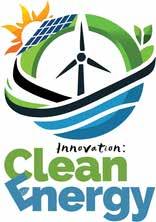



March 19-21, 2025
Bogotá, Colombia
Colombia 2025
Description: A fair focused on thermal and photovoltaic solar energy, LED lighting, energy efficiency, and electric mobility.
Exhibitors: Over 100 companies in the renewable energy sector.
Visitors: Professionals and companies from Colombia and neighboring countries interested in renewable energy.

March 21–23, 2025
Indore, India

To be confirmed (usually in March)Tokyo, Japan
Description:PVExpoisaleading exhibitioninthephotovoltaicindustry, showcasingthelatesttechnologiesand productsrelatedtosolarenergy.
Exhibitors:Solarpanelmanufacturers, componentsuppliers,system developers,andcompaniesoffering servicesrelatedtosolarenergy.
Visitors: Industry professionals, engineers, researchers, investors, and government representatives interested in photovoltaic technology.

Description: International exhibition that gathers professionals and companies from the photovoltaic sector and products related to solar energy.
Exhibitors: Companies, photovoltaic panel manufacturers, energy storage solution providers, and solar project developers.
Visitors: Energy industry professionals, investors, academics, government representatives, and the public interested in solar energy innovations.
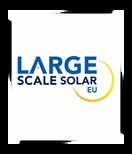
March 25–26, 2025
Lisbon, Portugal
Description: Focuses on solutions to overcome barriers in large-scale solar energy deployment, such as grid congestion and permitting bottlenecks.
Exhibitors: Participants include developers, independent power producers (IPPs), policymakers.
Visitors: Solar industry professionals, investors, policymakers, and other stakeholders interested in large-scale solar project development.
April 15-16, 2025
Mexico City, Mexico
Description:Aneventthatbrings togetherexpertsandcompaniesin therenewableenergysectorin LatinAmerica,withexhibitionsand conferencesontrendsand technologies.
Exhibitors:Over150companiesin therenewableenergyindustry.
Visitors: Professionals, academics, and government officials from Mexico and other Latin American countries.

Tobeconfirmed(inApril) Daegu, South Korea
Description:GreenEnergyExpoisa renewableenergyfaircovering technologieslikephotovoltaics,solar thermal,wind,fuelcells,hydrogen, biomass,hydro,geothermal,andmore. Exhibitors:Companiesandorganizations offeringsolutionsinvariousrenewable energyandcleantechnologyareas.
Visitors: Energy sector professionals, academics, investors, policymakers, and the general public interested in clean energy..

May 7–9, 2025 Munich, Germany
Description:IntersolarEuropeisthe world’sleadingexhibitionforthesolar industry,focusingonphotovoltaics, solarthermaltechnologies,solarpower plants,andrenewableenergy integrationsolutions.
Exhibitors:Over1,300exhibitors,including manufacturers,suppliers,distributors.
Visitors: Around 50,000 attendees, including industry professionals, investors, researchers, and energy policy makers.

June 10-12, 2025
Medellín, Colombia
Description:International EnergySecurityFairfocusedon solutionsandtechnologiesfor theenergyindustry.
Exhibitors:Over200companies intheenergyandindustrial securitysectors.
Visitors: Professionals and companies from Colombia and neighboring countries interested in energy security.

Description:Afairthatgathers entrepreneursandexecutives fromthemining,energy,and industrysectors,focusedon energytechnologiesandsolutions.
Exhibitors:Over300companiesin theenergyandtechnologysectors.
Visitors: Professionals and companies from Chile and neighboring countries interested in energy innovation.

September 22-24, 2025
Mexico City, Mexico
Description:Aneventthatbrings togetherindustryleadersinclean energy,withexhibitionsand conferencesonrenewableenergy andsustainability.
Exhibitors:Over500companiesin therenewableenergyand sustainabilitysectors.
Visitors: Professionals, academics, and government officials from Mexico and other Latin American countries.
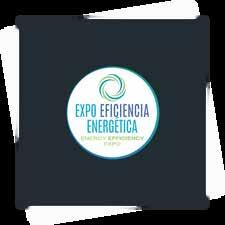
September 11-13, 2025
Buenos Aires, Argentina
Description:Internationalexhibitionthat bringstogethercompanies,institutions,and publicandprivateorganizationsforthreedays topresentthelatesttechnological advancementsinenergyrationaluse, sustainabledevelopmentinArgentina.
Exhibitors:Over400companiesintheenergy efficiencyandrenewableenergysector.
Visitors: Professionals, academics, and government authorities from Argentina and neighboring countries interested in sustainable energy solutions.

November 4-6, 2025 Madrid, Spain
Description:InternationalEnergyand EnvironmentFairthatbringstogether professionalsandcompaniesinthe energysectortopresentthelatest innovationsinrenewableenergy,energy efficiency,andsustainability.
Exhibitors:Over500companiesin theenergyandenvironmentalsector.
Visitors: Professionals, academics, and government authorities from Spain and other countries interested in the energy and environmental sector.

ProjectStartorPlanningDate 2024
ProjectTypeorCategory Greenhydrogenprojects
TechnologiesUsedinthe Project: Green hydrogen

General Project Description: Development of projects related to the green hydrogen industry, involving significant investments.
Investment (if available):
$25.617 billion
Achieved Project Benefits:
Boost to the economy and leadership in renewable energies.
Installed Capacity in Terms of Energy or Infrastructure: Not specified, because it is still ongoing
ProjectStartorPlanningDate
injectingenergyintothegridin
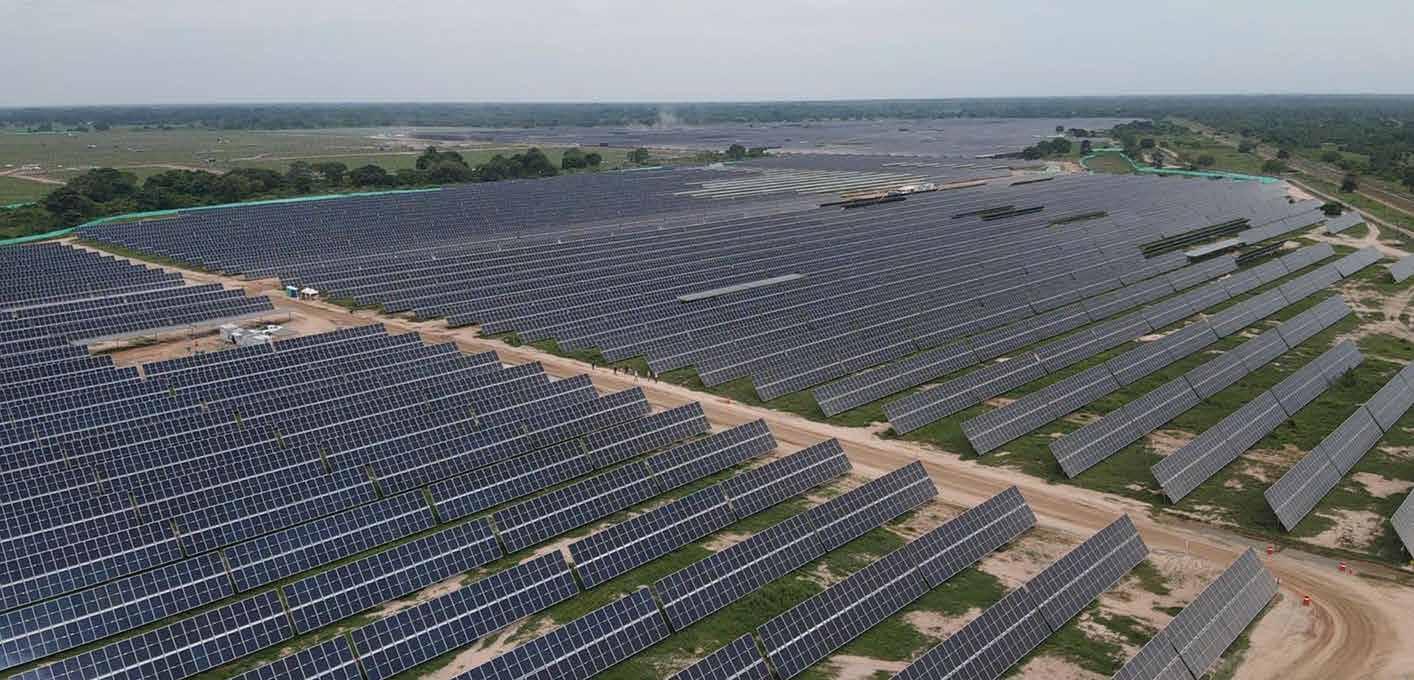
General Project
Description:
It is estimated to avoid the annual emission of around 198,000 tonnes of CO₂, contributing to climate change mitigation.
Investment: Not specified
Achieved Project Benefits:
During construction, more than 1,720 jobs were generated, 77% of which were for people from the region, boosting the local economy.
Capacity & Infrastructure:
With an installed capacity of 187 megawatts (MW), the park generates around 420 GWh/year, enough to supply the needs of approximately 600,000 citizens.
